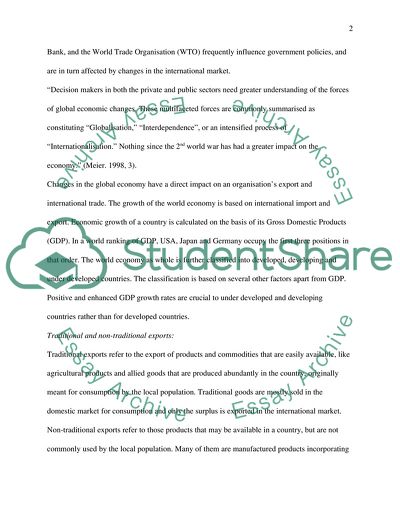Cite this document
(Non-traditional Exports Assignment Example | Topics and Well Written Essays - 2000 words, n.d.)
Non-traditional Exports Assignment Example | Topics and Well Written Essays - 2000 words. https://studentshare.org/macro-microeconomics/1705471-international-business-critically-discuss-the-view-that-the-strategy-of-expanding-non-traditional-principally-industrial-exports-offers-developing-countri
Non-traditional Exports Assignment Example | Topics and Well Written Essays - 2000 words. https://studentshare.org/macro-microeconomics/1705471-international-business-critically-discuss-the-view-that-the-strategy-of-expanding-non-traditional-principally-industrial-exports-offers-developing-countri
(Non-Traditional Exports Assignment Example | Topics and Well Written Essays - 2000 Words)
Non-Traditional Exports Assignment Example | Topics and Well Written Essays - 2000 Words. https://studentshare.org/macro-microeconomics/1705471-international-business-critically-discuss-the-view-that-the-strategy-of-expanding-non-traditional-principally-industrial-exports-offers-developing-countri.
Non-Traditional Exports Assignment Example | Topics and Well Written Essays - 2000 Words. https://studentshare.org/macro-microeconomics/1705471-international-business-critically-discuss-the-view-that-the-strategy-of-expanding-non-traditional-principally-industrial-exports-offers-developing-countri.
“Non-Traditional Exports Assignment Example | Topics and Well Written Essays - 2000 Words”. https://studentshare.org/macro-microeconomics/1705471-international-business-critically-discuss-the-view-that-the-strategy-of-expanding-non-traditional-principally-industrial-exports-offers-developing-countri.


